At 9:00 a.m. on April 29, 1975, the Liberation flag flew on the largest and last island that the Saigon puppet army held in the Truong Sa archipelago.
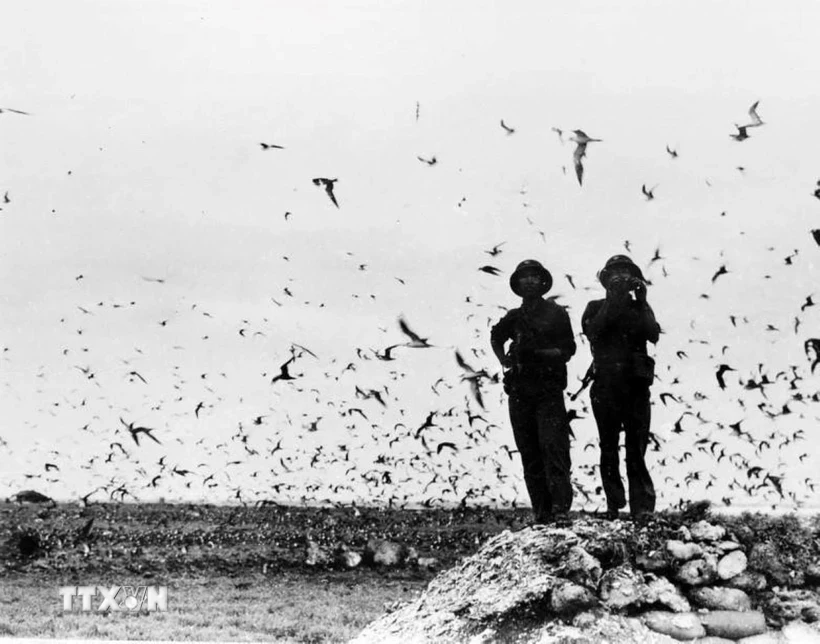
At 9:00 a.m. on April 29, 1975, the Liberation flag flew on the largest and last island held by the Saigon puppet army in the Truong Sa archipelago. The Navy and its affiliated forces of Military Region 5 successfully completed a mission of special importance on the seaward front during the 1975 Spring General Offensive and Uprising.
On the morning of April 29, 1975, the Politburo and the Central Military Commission instructed the Ho Chi Minh Campaign Command: "Continue to attack Saigon as planned; advance with the strongest momentum, liberate and occupy the entire city, disarm the enemy army, dissolve the enemy's government at all levels, and completely crush all their resistance."
In the southeast direction, at 4:30 a.m., the 2nd Corps began firing at Tan Son Nhat airport. At 5:30 a.m., the 304th Division launched a decisive attack on the enemy at the Infantry School, the armored vehicle parking lot at the Nuoc Trong base, and the Long Binh intersection.
At 10 o'clock, Regiment 9 occupied the intersection of Route 15, then the entire 304th Division followed Route 15 to occupy Song Buong Bridge, Long Binh base. The penetrating troops quickly moved forward, established contact with Special Forces Group 116 holding Dong Nai Bridge, and prepared to break into the inner city.
At the same time, Regiment 46 (Division 325) finished off the remaining targets in Nhon Trach, then attacked Thanh Tuy Ha. After that, the Division organized a pursuit, crossed the river to capture Cat Lai naval base, then continued to attack District 9 and the puppet Navy Command.
In the East, on the morning of April 29, the 341st Division (4th Corps) led by tanks successively destroyed many enemy resistance nests. Meanwhile, the 273rd Regiment entered Bien Hoa airport and occupied the base of the puppet Air Force 3rd Division.
After capturing the armored base - the puppet 18th Division in Yen The, Regiment 270 coordinated with Division 6 to capture the Hoc Ba Thuc artillery base, then together with Regiment 266 bypassed Ho Nai to attack Long Binh. On the night of the 29th, Division 6 smashed the enemy's defense line at the Ho Nai intersection.
At the same time, the 7th Division's deep penetration force followed Route 1 to destroy the 6th Marine Battalion and part of the 82nd Regiment (18th puppet Division) 1,500m from Ho Nai, then broke through Tam Hiep and accelerated the attack.
Coordinating with the main forces in these two directions, the coastal forces operated quite effectively. On April 29, Special Forces Group 116 raided the enemy's logistics command post in the southwest of Long Binh, the Long Binh fuel depot, and organized a checkpoint to hold the Dong Nai highway bridge. Special Forces Group 115 captured Ghenh bridge for the second time, organized a unit to raid the headquarters of the 15th Armored Regiment and the Logistics Center in Hoc Ba Thuc. Special Forces Group 10 captured Phuoc Khanh, Dong Tranh intersection, and burned ten enemy ships on the Saigon River.
In the Northwest direction, on April 29, the 198th Special Forces Regiment (3rd Corps) captured Bong Bridge and Sang Bridge and defeated the 81st Airborne Special Forces Battalion and then handed it over to the 10th Company (64th Regiment) to hold.
From 5:30 to 11:00, Division 320 attacked, destroyed and disintegrated the puppet 25th Division, completely controlled Dong Du base (Cu Chi), opened the steel door to the northwest of Saigon for our army to penetrate deep to capture Tan Son Nhat airport and the puppet Saigon general staff.
At 5:00 p.m., the 316th Division took control of Trang Bang, destroyed and disintegrated the 46th and 49th Regiments, the 251st Security Regiment, and an armored regiment. The 25th puppet Division was wiped out.
At 5:25 a.m. on April 29, the 10th Division entered the city on two wings. The 24th Regiment and a tank battalion followed Highway 1, defeated the enemy group in Hau Nghia, Cu Chi, then expanded to capture Quan Nam and Hoc Mon citadels. The 28th Regiment followed Highway 15 to capture Phu Hoa Dong, Tan Quy, then advanced to Bong Bridge, and captured the Quang Trung training area.
In the North, Division 312 (1st Corps) brought Regiment 165 close to Phu Loi base, Regiment 209 deployed a blocking position on Highway 13. The light command post of the puppet Division 5 panicked and fled, and was captured by our blocking force in Phu Cuong.
The 320B Division, on a deep penetration mission, was blocked by the enemy near Tan Uyen. They had to use the 1st Battalion (48th Regiment) and the 4th Battalion (27th Regiment) to sneak behind and destroy the 316th Security Battalion guarding Tan Uyen, opening the way for the two wings to advance to Lai Thieu. The combined forces in the north and northwest directions also fought the enemy, coordinating very effectively.
In the West and Southwest, on the night of April 29, Regiment 3, Division 9 deployed in the Ba Lac area - Dai Han dike line. Regiment 28, Regiment 24, Infantry Battalion of Long An province expanded their foothold to Can Giuoc, Hung Long, preparing to penetrate deep into southern Saigon.
Although having to fight on the terrain of rivers, canals, and swamps, after three days and nights of attacking the enemy, the combat units in the West-Southwest direction basically completed the assigned mission, capturing the Hau Nghia-Vam Co Dong line; bringing all the forces and technical weapons of the formation deep into the inner city, ready to attack the enemy's lair.
By the end of April 29, on the entire battlefield, our troops had smashed the enemy's outer defense line, destroying and disintegrating most of the puppet army's 5th, 25th, 18th, 22nd, and 7th Divisions. The penetrating troops had advanced to the outskirts, 10 to 20 km from the center of Saigon. The local armed forces were active in all areas, holding the bridges on the way into the city.
In the Southwest region, according to the coordination plan with the Ho Chi Minh campaign, the main and local forces coordinated with the people of the provinces and districts to attack enemy bases and facilities, liberating their localities./.
Source



![[Photo] Chinese, Lao, and Cambodian troops participate in the parade to celebrate the 50th anniversary of the Liberation of the South and National Reunification Day](https://vphoto.vietnam.vn/thumb/1200x675/vietnam/resource/IMAGE/2025/4/30/30d2204b414549cfb5dc784544a72dee)
![[Photo] Cultural, sports and media bloc at the 50th Anniversary of Southern Liberation and National Reunification Day](https://vphoto.vietnam.vn/thumb/1200x675/vietnam/resource/IMAGE/2025/4/30/8a22f876e8d24890be2ae3d88c9b201c)
![[Photo] The parade took to the streets, walking among the arms of tens of thousands of people.](https://vphoto.vietnam.vn/thumb/1200x675/vietnam/resource/IMAGE/2025/4/30/180ec64521094c87bdb5a983ff1a30a4)









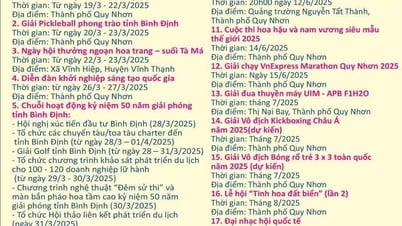
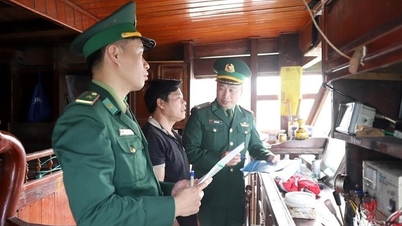
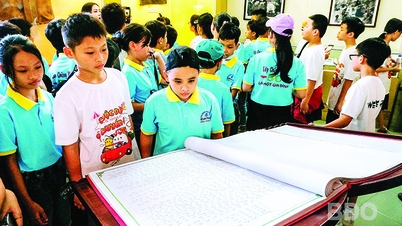

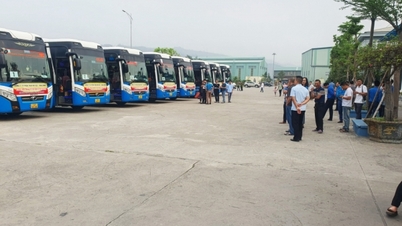











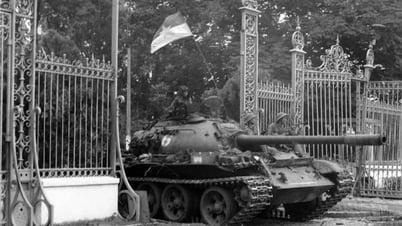
![[Photo] Performance of the Air Force Squadron at the 50th Anniversary of the Liberation of the South and National Reunification Day](https://vphoto.vietnam.vn/thumb/1200x675/vietnam/resource/IMAGE/2025/4/30/cb781ed625fc4774bb82982d31bead1e)












































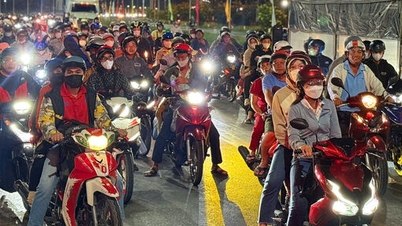



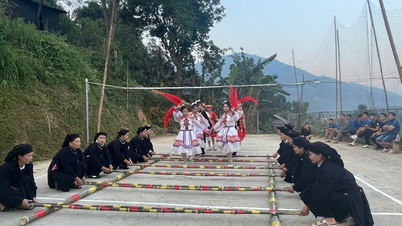
















Comment (0)